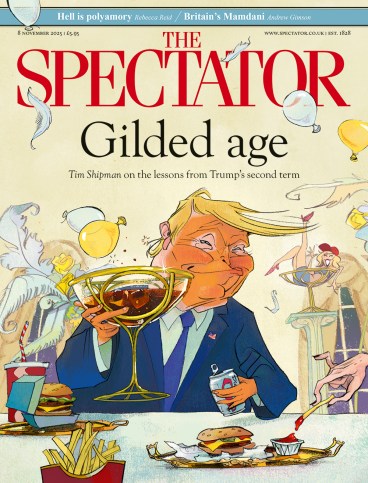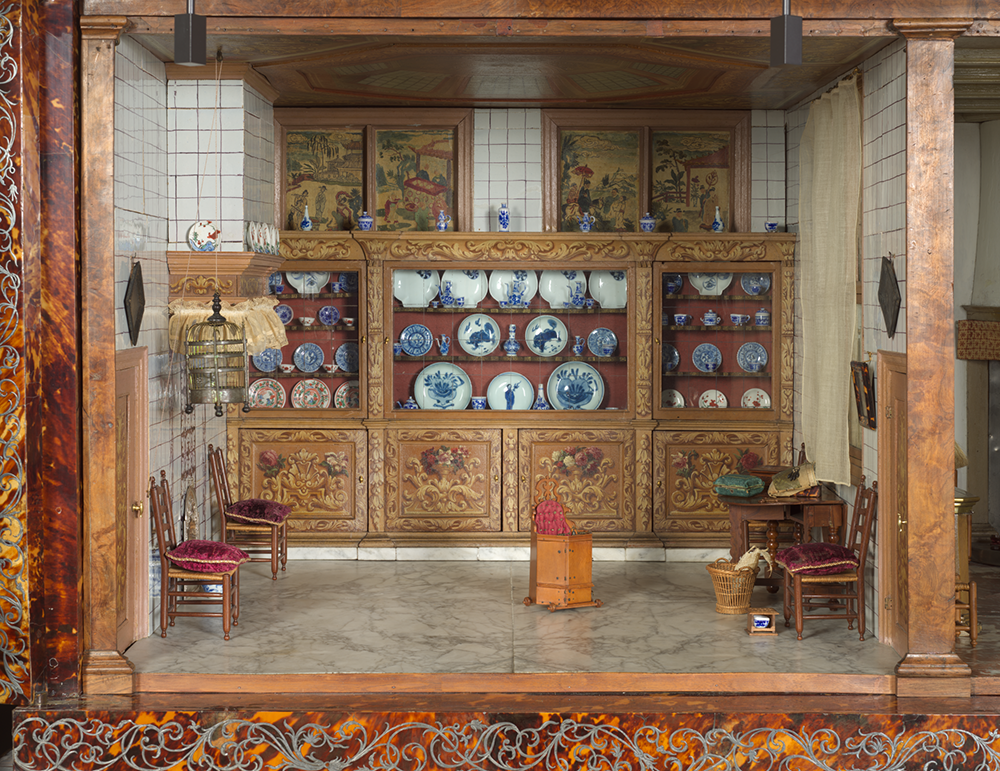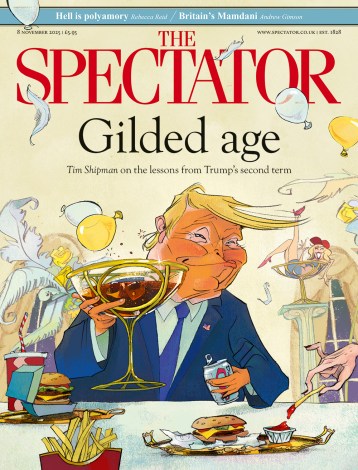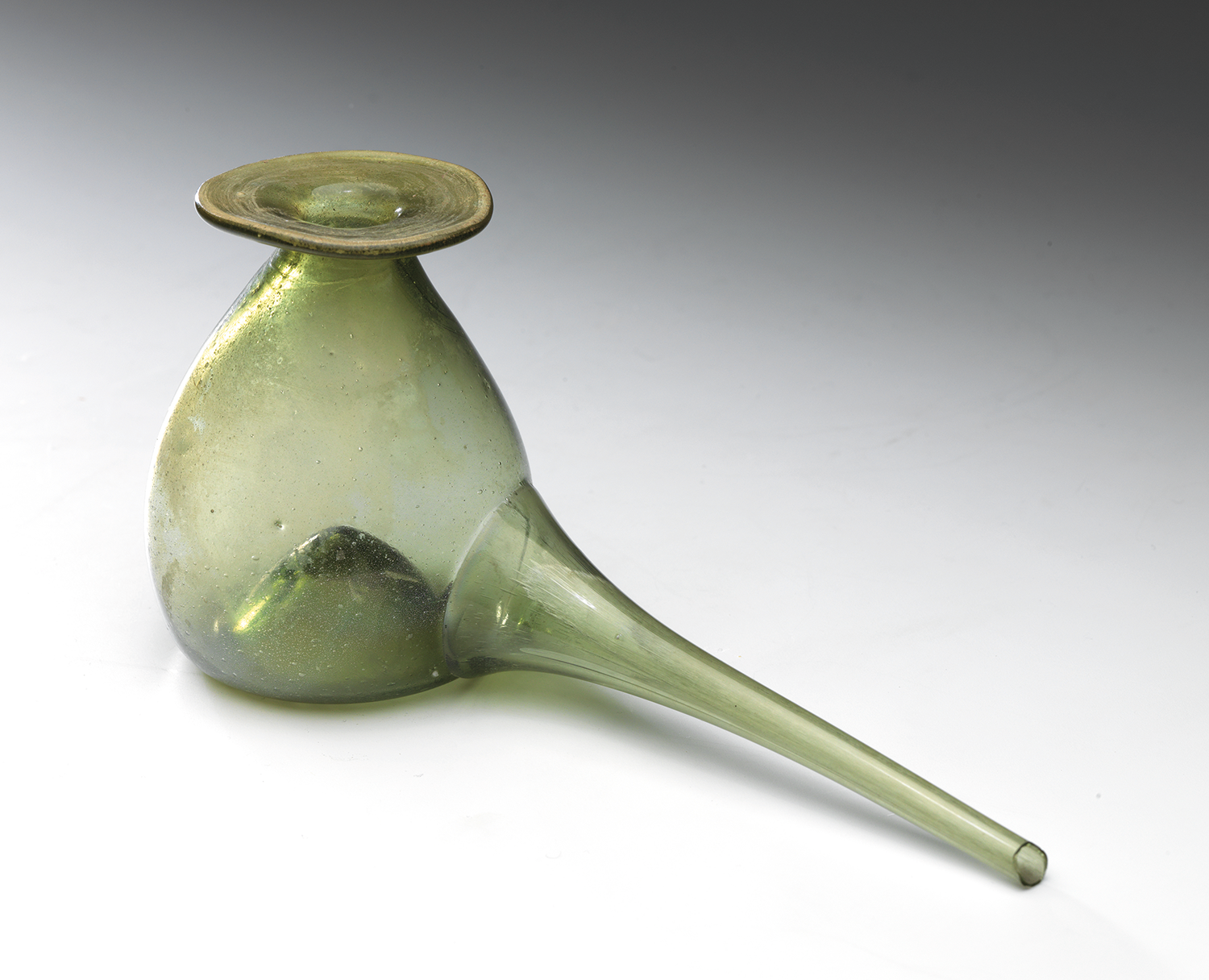
The room is dark, the lighting deliberately low. At its centre stands a solitary object: a yellow and green earthenware vessel decorated with biblical symbolism. It’s a fireguard – or ‘curfew’ – used to keep households safe as peat fire embers smouldered through the night. Around it is a mocked-up fireplace, conjuring up that liminal moment when everyone is still asleep and the day has yet to stir. Ths scene is set, the world outside silenced.
This is how Amsterdam’s Rijksmuseum has chosen to answer one of its most frequently asked questions: what was daily life really like? Rather than mounting the usual parade of paintings and fine furniture, curators from different fields – decorative arts, textiles, jewellery – have joined forces with an archaeologist and anthropologist. Together, they have reconstructed a day in Dutch domestic life during the 17th century.
As dawn breaks, the household awakens. The next room is devoted to washing and dressing, rituals connected to spiritual purity as much as physical cleanliness. One display case resembles a wardrobe with cutouts through which we can peek. There is a pink corset, a spotless white linen collar ruff, an ornate toothpick that doubles as jewellery (the toothbrush was a 19th-century invention), and a lice comb. Behind a half-open closet door sits a phallic, boxwood vaginal syringe.
These intimate objects reveal a life more collective, communal and precarious than ours
These intimate objects reveal a life more collective, communal and precarious than ours. A Bible carries written notes of births and many deaths, including young infants. A drinking tazza – a shallow wine cup – was used to toast an unborn child. Countless scrubbing brushes kept everything clean and in order. A bier made for a bakers’ guild in 1666 carried members to their final resting place.
There are many doors and windows in this show, but the most impressive are those flung open to reveal the insides of a dolls’ house. While cabinets of curiosities were being assembled across Europe, Petronella Oortman, wife of silk merchant Johannes Brandt, created her own cabinet of domesticity. This is no child’s toy. Standing almost ten feet tall in tortoiseshell-veneered oak, it recreates a wealthy Dutch home in meticulous detail. Some 800 miniature items were added between 1686 and 1710. More than an expensive pastime, it was a world Oortman curated, and oversaw, reflecting the home’s profound significance in Dutch society.
Domestic life wasn’t private as we understand it today. All kinds of traders and visitors came and went. The space dedicated to work in the exhibition illustrates this clearly – spindles (from which the word ‘spinster’ derives), tally sticks for bread-making, writing desks. But the home was newly venerated, and the woman of the household managed it all. A long silver girdle that would support a collection of keys and other hanging objects demonstrates her authority.

A portrait of Josina Copes-Schade van Westrum, wife of a senior government official, appears with five of her children. It illustrates how the family was the cornerstone of society, mirroring a greater cosmic order. She points her offspring to the steep path to the Temple of Honour and Virtue, turning away from Bacchus, Venus and Cupid – worldly temptations to be resisted.
Most revealing are the contents of a rare cesspit belonging to a single family
Most revealing are the contents of a rare cesspit belonging to a single family: the Soncks, prominent civic leaders from Hoorn. We see the remains of what they ate: oysters and poultry, hazelnuts and cherries. Here, the exhibition’s interdisciplinary approach comes to life. Archaeology brings us face to face with the physical evidence of appetites, waste and consumption, which the portraits and paintings elide.
One false note is struck in the display of a skeleton of a pet tortoise, where 21st-century sensibility intrudes. The label informs us that due to ‘lack of knowledge’ the care of exotic animals was not ‘animal friendly’. This kind of presentist moralising undermines the exhibition’s otherwise thoughtful, object-focused approach. A more effective strategy would have been to simply present the evidence and trust visitors to draw their own conclusions.
In the current rush by museums to pursue relevance by showcasing ordinary lives rather than great men of history, many exhibitions fall flat, offering up the mundane without meaning. Not here. What the curators have done is show how the quotidian can be a portal into the past.








Comments